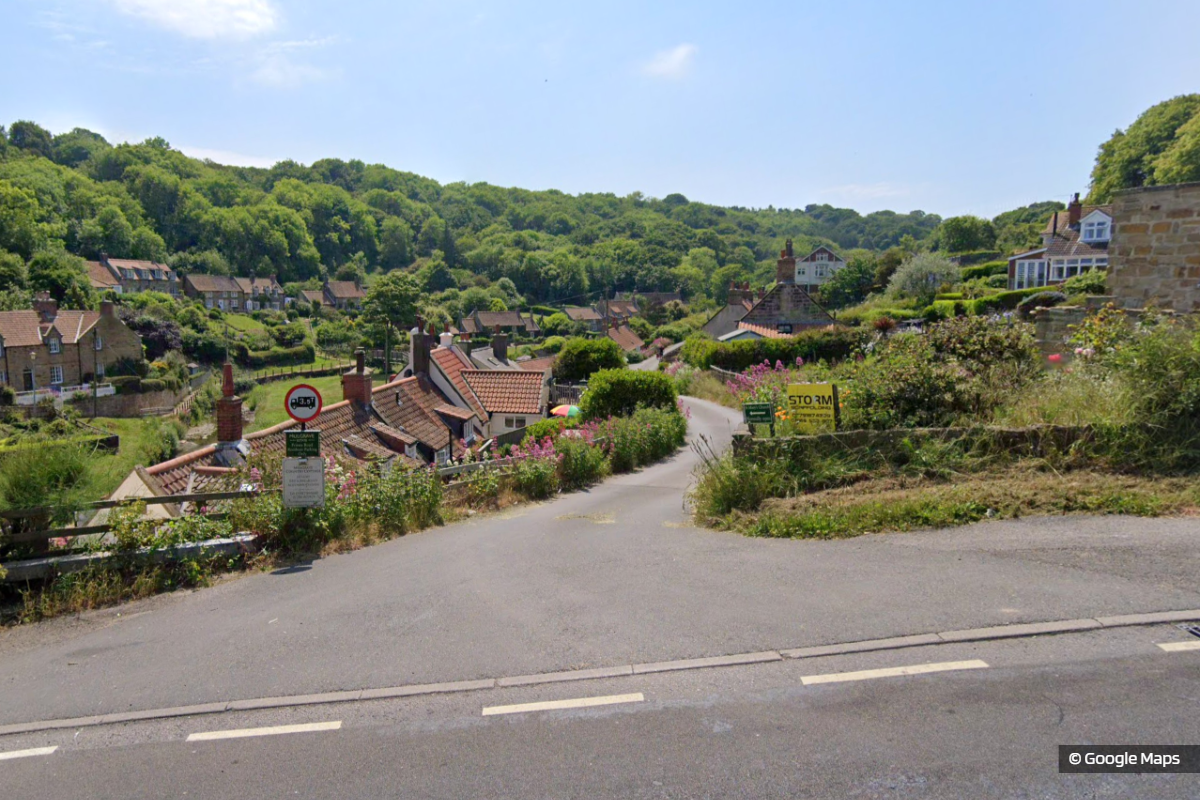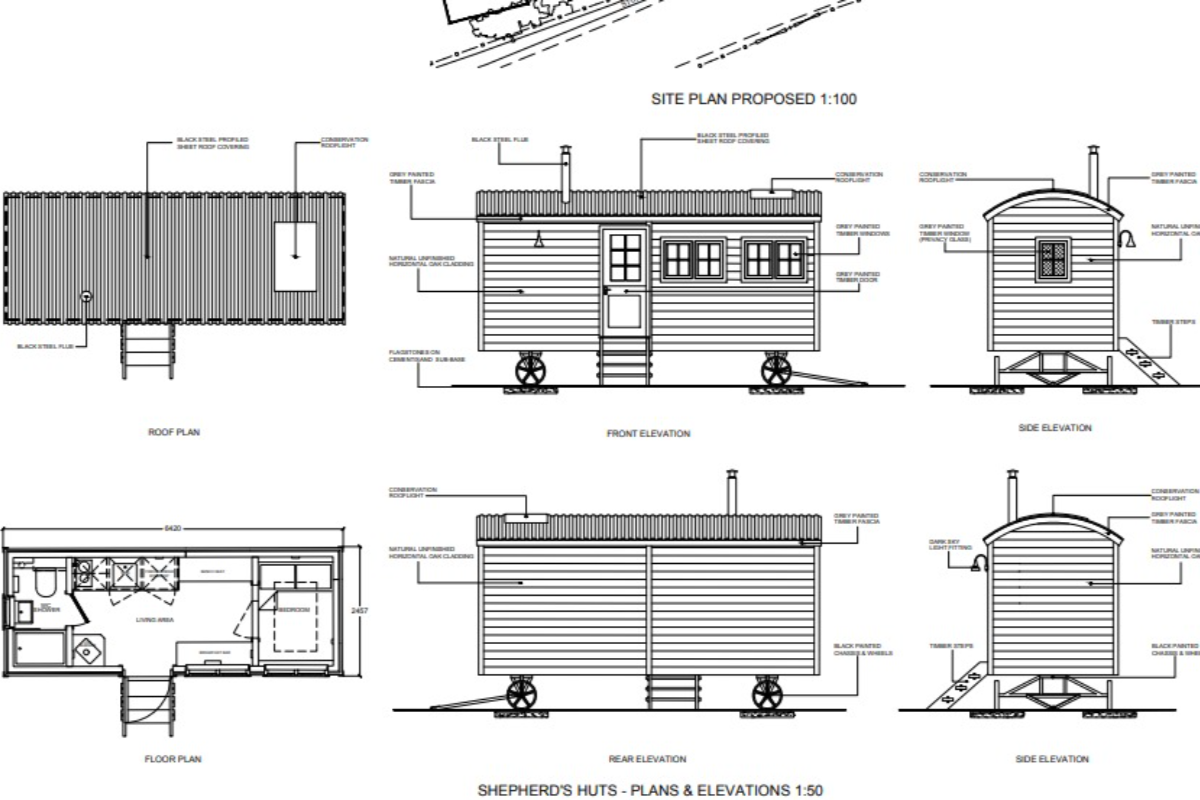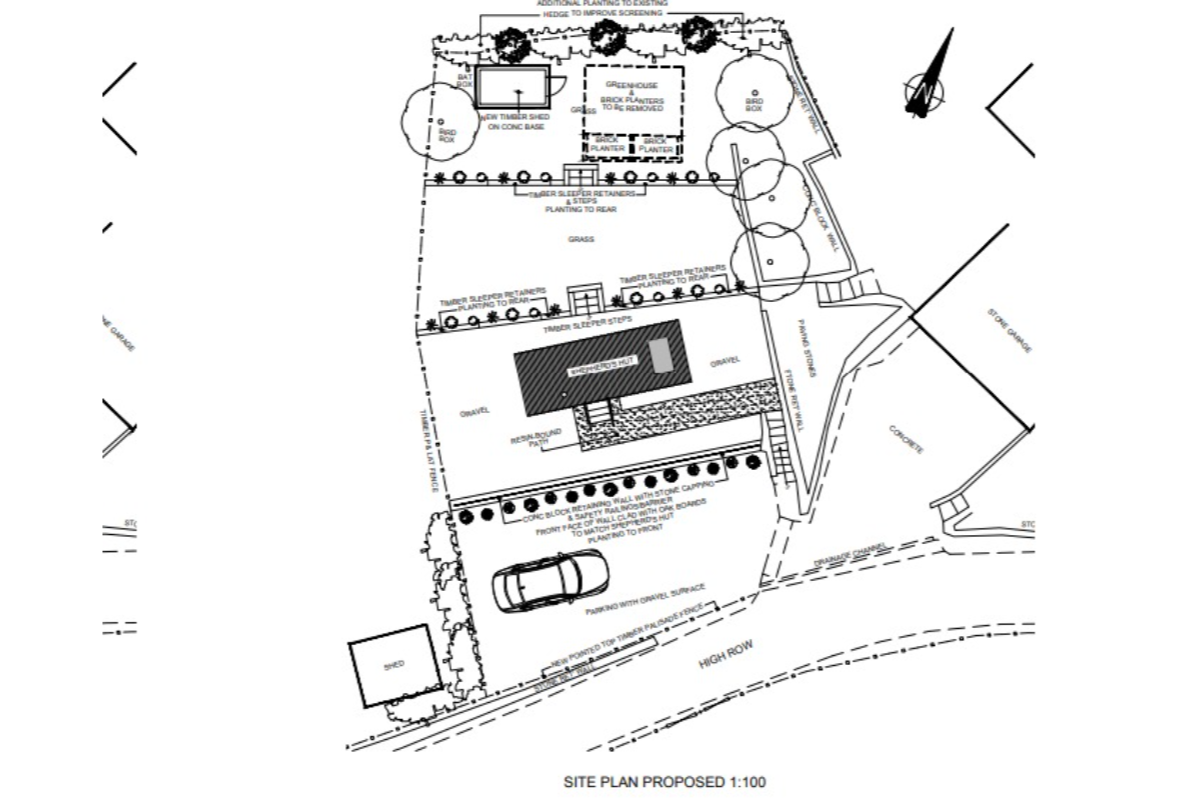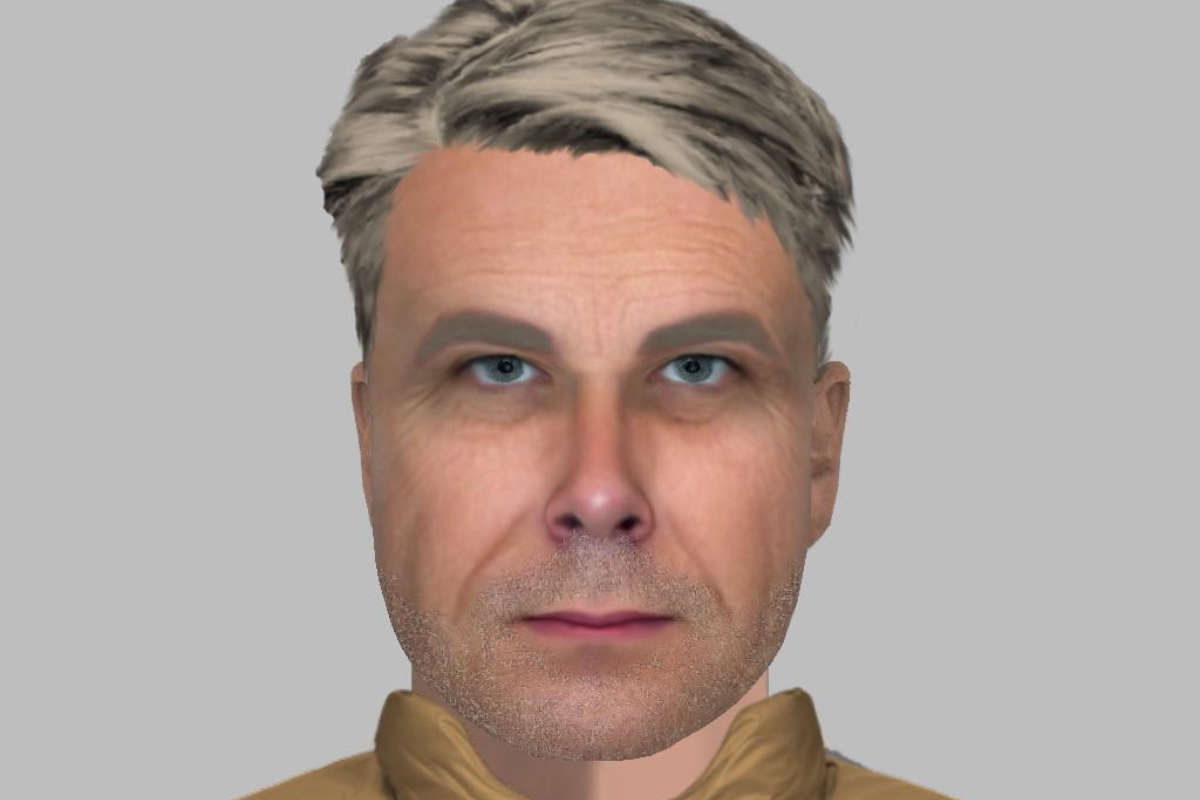
Plans for a holiday shepherd’s hut, car parking, and a shed in Sandsend near Whitby have been rejected by the council as an ‘unacceptable’ proposal.
The application on behalf of The Mulgrave Estate was rejected by North Yorkshire Council planners on Thursday, January 23.
The site, which is located on High Row, lies within the development limit of Sandsend and its conservation area.
The grassed former garden is an area of around 300 square metres.
If the scheme had been approved, the shepherd’s hut would have been located near the front of the application site and would have been accessed from the car park area by a resin-bound path leading to timber steps.
The short-term holiday let would have measured around 12 square metres and would have had a bedroom, a kitchen and living area and a toilet and shower.

Planning officers said that despite being visible from some public viewpoints, its design and scale meant it would “fit into its setting and be unobtrusive”.
No objections to the proposal were made by Lythe Parish Council, NYC’s housing Standards team, or environmental health officers.
However, the Highway Authority (HA) recommended refusal of the plan due to “an unacceptable intensification of use”.
It raised concerns that “adequate visibility is not available at the junction of High Row and the A174”.
The HA also said that because of its “insufficient width of 40 to 70 centimetres, the A174 footway at Lythe Bank is unsuitable for pedestrian use which would be likely to be generated by the proposal”.
A report by the planning authority said that due to the position and design of the shepherd’s hut, it would have had “no detrimental impact on residential amenity”.
However, officers agreed with concerns raised by the Highway Authority and said the plan “should be refused on the basis that the proposal does not comply with the highway and pedestrian safety requirements” of the council.
A report concluded: “The existing access, by which vehicles associated with this proposal would leave and rejoin the public highway, is unsatisfactory […] and the intensification of use is unacceptable in terms of highway safety.”





 Scarborough Athletic Fans, Finance Director and Manager Speak of Emotional Week at the Club
Scarborough Athletic Fans, Finance Director and Manager Speak of Emotional Week at the Club
 Police Release E-Fit After East Riding Assault
Police Release E-Fit After East Riding Assault
 Filey Food & Drink Festival Weekend
Filey Food & Drink Festival Weekend
 Whitby Town On Verge of Safety After Thriller
Whitby Town On Verge of Safety After Thriller
 Scarborough Athletic Leave It Late in County Durham
Scarborough Athletic Leave It Late in County Durham
 Key Weekend in Bridlington Town's Relegation Battle
Key Weekend in Bridlington Town's Relegation Battle
 Tour of Britain Cycle Event for Dalby Forest
Tour of Britain Cycle Event for Dalby Forest
 Look Out For Bridlington Lifeboat's Pirates On The Promenade
Look Out For Bridlington Lifeboat's Pirates On The Promenade
 Chaser Returns to Scarborough for Panto Season
Chaser Returns to Scarborough for Panto Season
 Scarborough Athletic Pitch Could be Out of Action for 44 Weeks And Cost £3m to Repair
Scarborough Athletic Pitch Could be Out of Action for 44 Weeks And Cost £3m to Repair
 North Yorkshire Police Report Significant Improvement in Call Answer Times
North Yorkshire Police Report Significant Improvement in Call Answer Times
 Ryedale Sex Offender Confronted By Angry Mother
Ryedale Sex Offender Confronted By Angry Mother








Comments
Add a comment